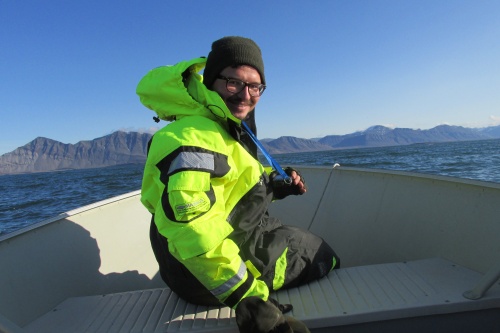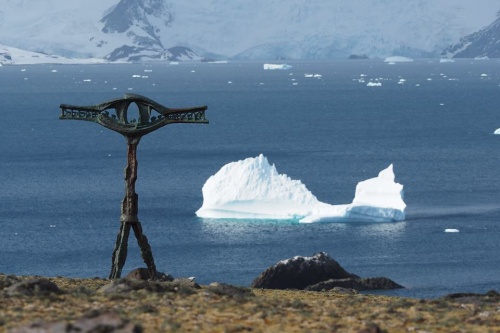POROCO
Funding agency: National Science Centre in Poland
Amount: 784 000 PLN
Period: 2014-2017
The principle aim of the Polar Rock Coasts (POROCO) project is to quantify the processes controlling the evolution and behaviour of rock coasts in polar climates, based on representative examples from Svalbard (Arctic) and South Shetlands (Antarctic). POROCO aims to develop predictions of future rock coast change under scenarios of continued increases in air temperature, sea-level rise and the frequency and intensity of storms entering polar seas.
Our approach utilises a rigorous, coherent and novel suite of techniques to analyse the spatially and temporally diverse range of processes and responses controlling the polar rock coast environments
- Schmidt Hammer and Equotip tests of rock surface resistance
- micro-erosion meter measurements of rock surface downwearing rates
- observations of seasonal changes in the state of permafrost developed in solid rocks using electrical resistivity tomography (ERT)
- scanning of selected cliff faces and shore platform surfaces using Terrestrial Laser Scanner (TLS)
- monitoring of thermal state of the rocky cliffs and platforms using network of thermistors
- monitoring of weather conditions and wave-activity using a system of portable meteorlogical stations, industrial cameras and tide gauges
- photogrammetric analysis of digital images of scanned cliffs and platforms and GIS processing of obtained data
We propose to carry out investigations at the entrance to Hornsund (Svalbard) in the surroundings of Siedlecki Polish Polar Station: 3 expeditions (winter 2015, summer 2015 and 2016) and along the western coast of Admiralty Bay (South Shetlands) in the surroundings of Arctowski Polish Polar Station: 2 expeditions (winter 2016 and winter 2017). Selected study areas are characterized by diverse relief and lithology and a range of coastal landforms representative of those found throughout polar coasts.
- Dr Matt Strzelecki - principal investigator, Wroclaw University, coastal geomorphologist
- Dr Michael Lim, Northumbria University, UK – a leading expert in the field of rock coast studies, he has pioneered the development and application of techniques such as terrestrial laser scanning, digital photogrammetry and numerical modelling for understanding rock cliff behaviour.
- Professor Piotr Migoń, Wroclaw University – expert In the field of structural geomorphology and long-term rocky landscape evolution
- Dr Marek Kasprzak Wroclaw University – specialist in geomorphological mapping and geophysical observations of periglacial landforms using ERT
Zuzanna Świrad – coastal geomorphologist, Durham University, UK
Prof. Grzegorz Rachlewicz, Adam Mickiewicz University in Poznan – glacial geomorphologist
Piotr Modzel, Lukasz Pawlowski, Marek Jaskolski – field technicians and assistants
The focus of the POROCO project addresses one of the key objectives of the polar research community: significantly improve our understanding of the functioning of polar rocky coast environments and will serve as the basis for modelling and prediction of high latitude rock coast response to climate change.
The principle objectives of the impact plan are:
- Publication of research papers in high-impact peer reviewed journals
- Ensuring the development of future Polish polar research by training young researchers in leading international research collaborations
- Re-establishment of Polish geomorphological research on South Shetlands in order to increase the scientific impact of national polar research, within the context of the International Polar Decade
- To engage with the wider scientific community through the delivery of results at key international conferences, specifically the American Geophysical Union Fall Meeting and European Geosciences Union
- Strengthening the collaborative links between Polish polar scientists and world-leading reaseraches by forming new research team that will aim to work on a larger international research project based on the findings of the present research






 CV
CV





























































